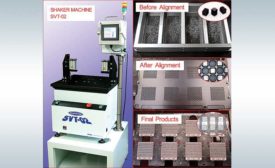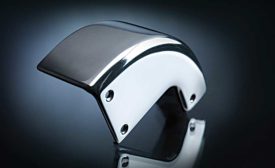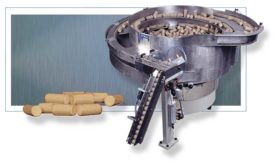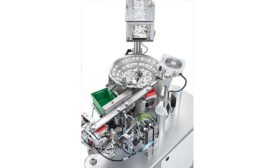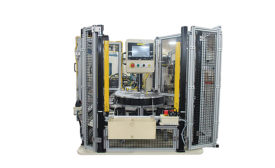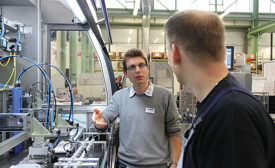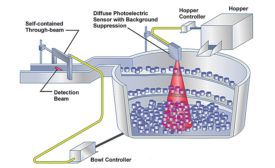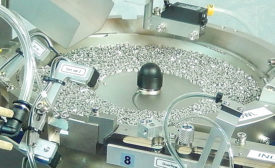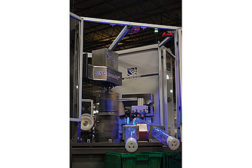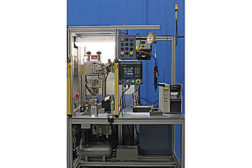Home » parts feeding
Articles Tagged with ''parts feeding''
Feeders for Medical Device Assembly
From vibratory bowls to shaker tables, medical device engineers have many options for feeding parts to automated assembly systems.
May 1, 2018
Bullet-Proof Automated Assembly
A system that runs like clockwork doesn’t happen by accident.
September 8, 2016
Automated system assembles stepper motors for Tier 1 supplier
Tray handlers and cam-driven assembly cells produce a stepper motor every second.
July 1, 2016
The Role of People in Automated Assembly Systems
Cost and flexibility are two factors to consider when deciding which processes to automate in an assembly system.
September 9, 2013
Never miss the latest news and trends driving the manufacturing industry
Stay in the know on the latest assembly trends.
JOIN TODAY!Copyright ©2024. All Rights Reserved BNP Media.
Design, CMS, Hosting & Web Development :: ePublishing
